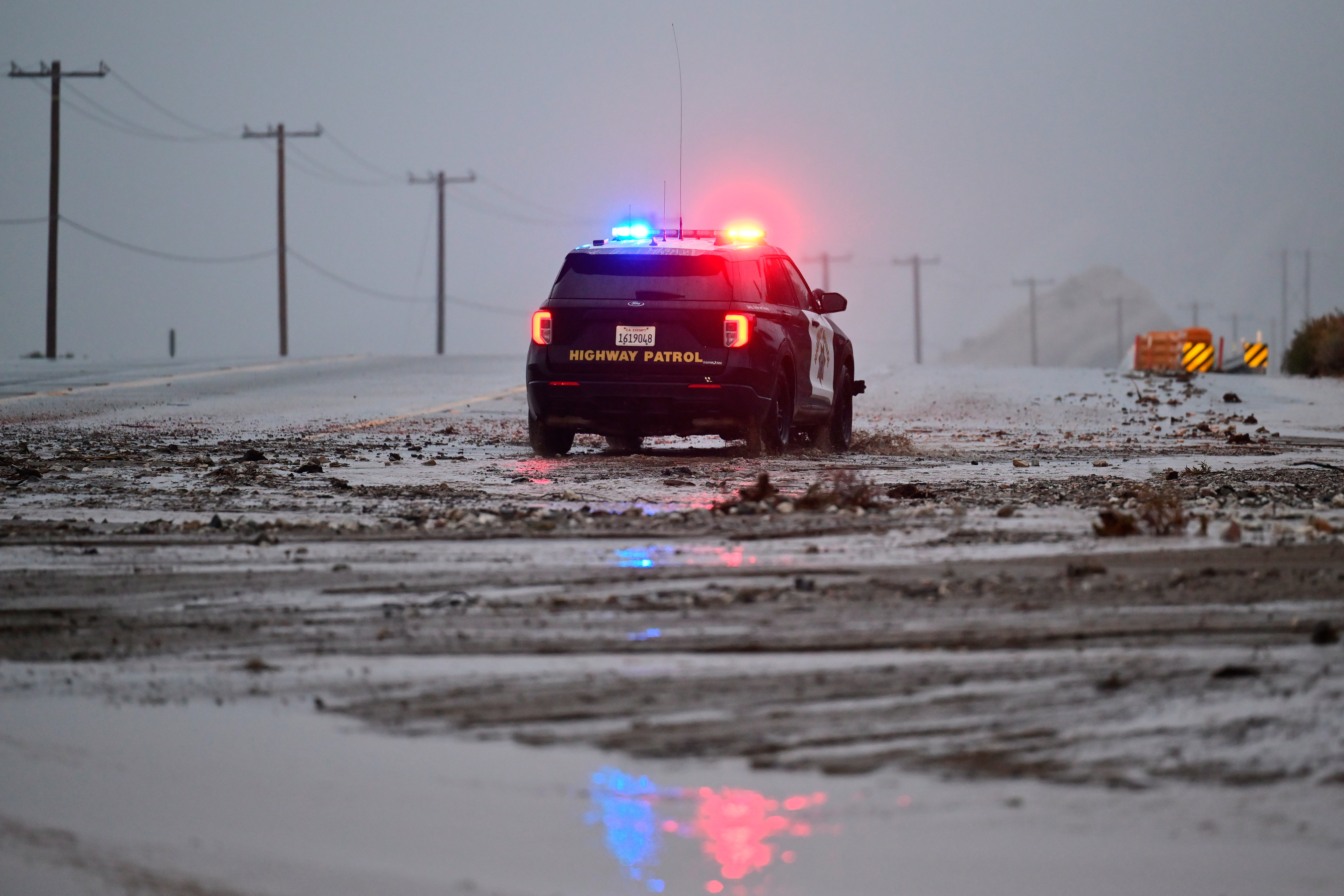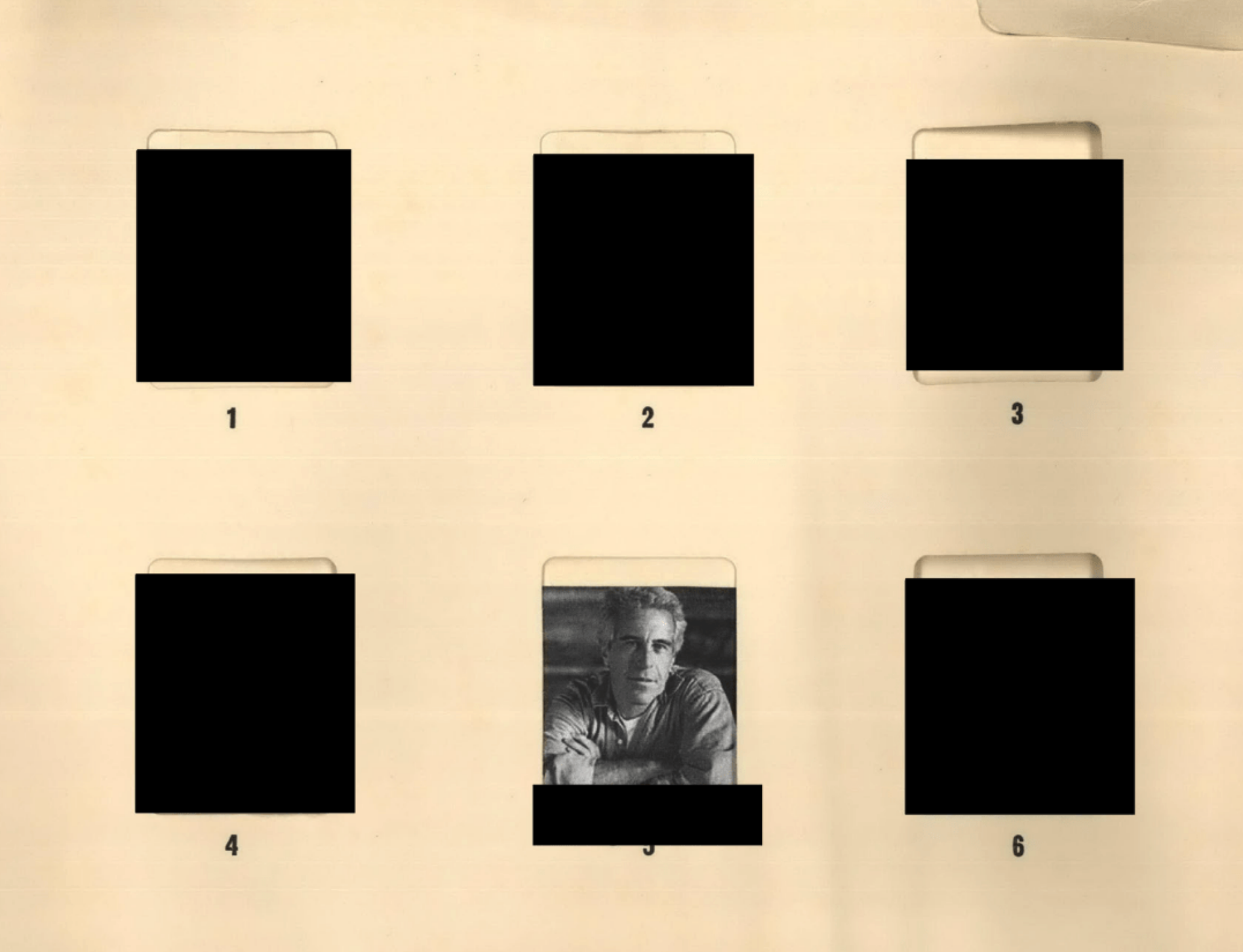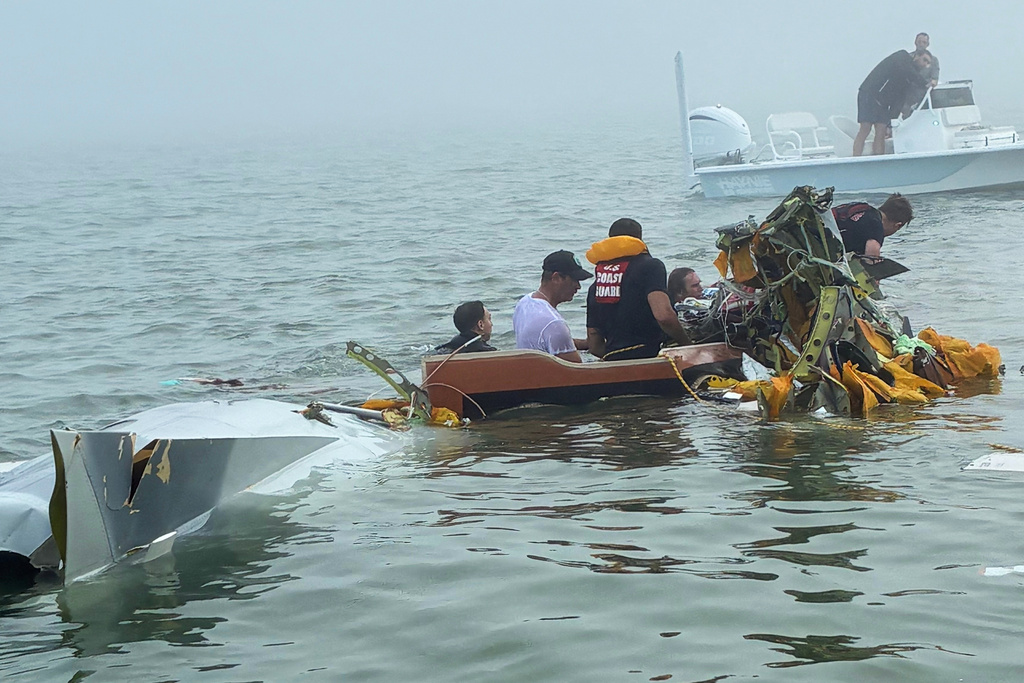A group of researchers are uncovering secrets of Stonehenge by reaching far below the mysterious rock formation.
For the first time ever, scientists have mapped the earth beneath Stonehenge and its surroundings in "unprecedented resolution," according to the BBC.
Six not-so-average metal detectors including a 3-D laser scanner produced the images. They show 17 other monuments placed around Stonehenge, traces of 60 boulders at a nearby "super henge," underground pits and more.
More importantly, the four-year study by the University of Birmingham provides a detailed history of how life evolved around Stonehenge from century to century.
Speaking to the Daily Mirror, project leader Professor Vincent Gaffney explained the monument tourists visit today was not as isolated as we thought. In fact, it could be the last remnant of a network of shrines built up by people settling in the area over time. (Video via University of Birmingham)
The Smithsonian Institution points out Gaffney and his team might be the first to map the area, but they were not the first people to search below Stonehenge.
During the 17th century, the Duke of Buckingham set out to dig for treasure at the monument's center.
The Smithsonian Institution writes: "Although they did not know it at the time, they dug on the site of a prehistoric pit. Buckingham's men found skulls of cattle 'and other beasts' and large quantities of 'burnt coals or charcoals' — but no treasure, as they had hoped."
This 21st century project covered more area than one hole, reaching 7 1/2 square miles. A few media outlets first reported the findings in August. Wednesday's spike in interest is due to a new TV documentary on BBC Two and the Smithsonian Channel detailing the project's discoveries.
The video includes images from Getty Images, The University of Birmingham and Wikimedia Commons.










